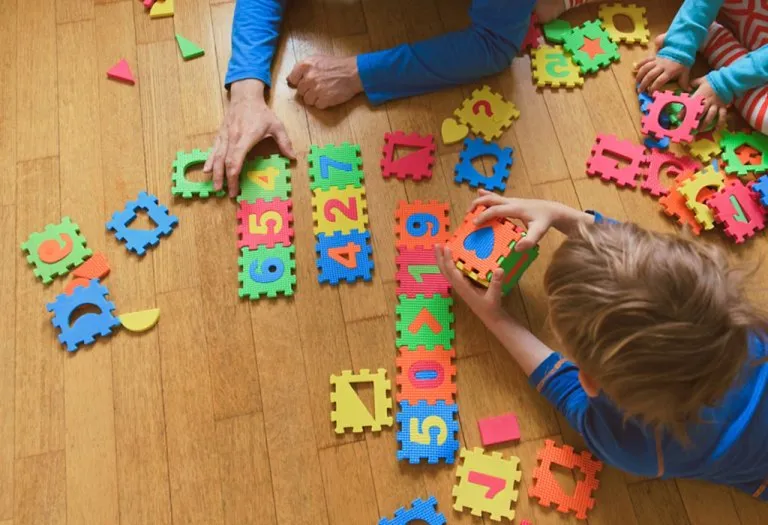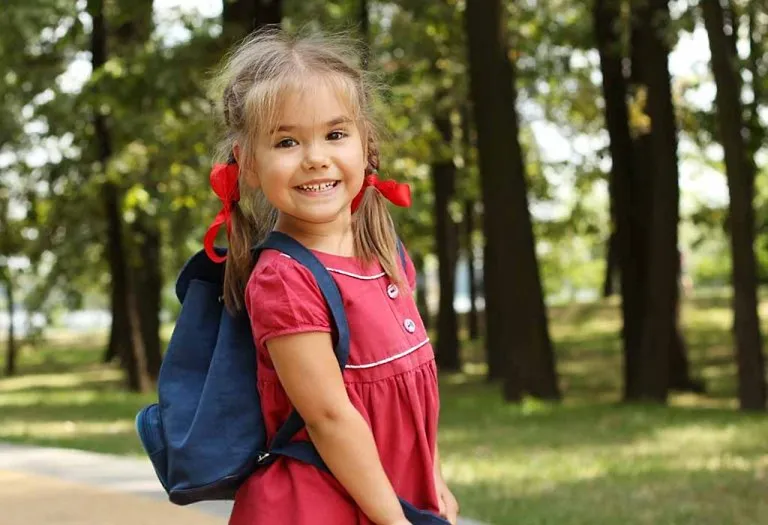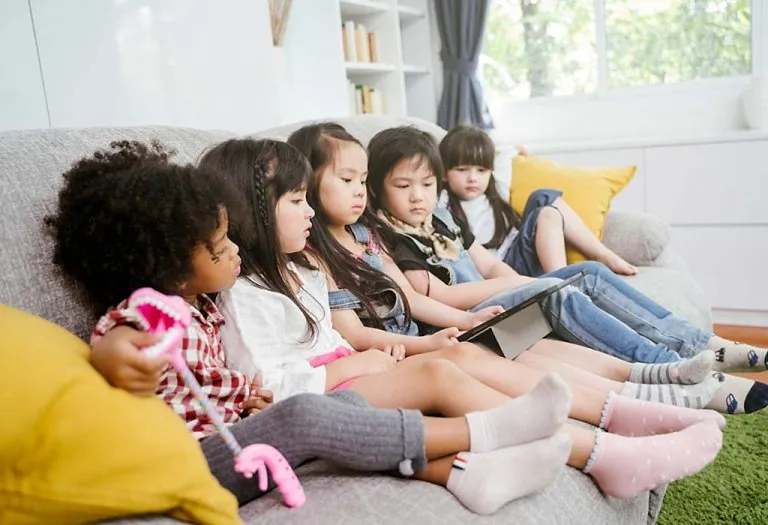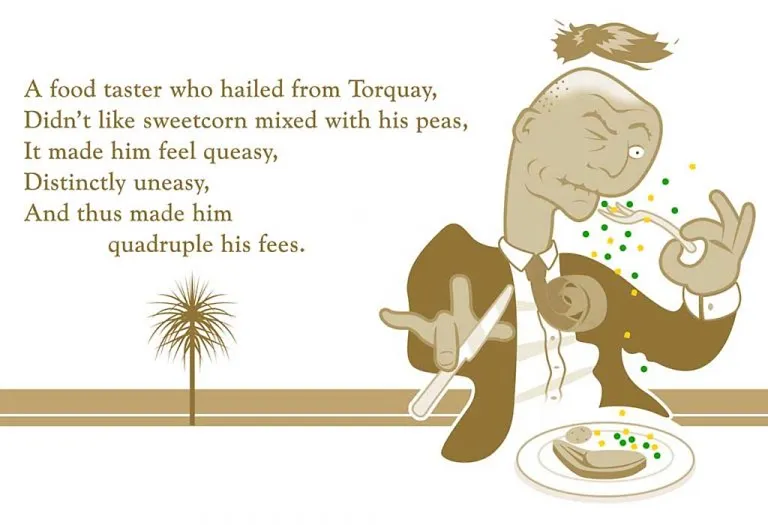25 Number & Counting Games, Activities for Preschoolers
- 25 Number Counting Activities and Games for Kindergarten Children
- Some Other Simple Ways to Get Your Kids to Recognize Numbers More Easily
- FAQs
As a parent or a preschool teacher, one of the most crucial skills you’d want to impart to preschool children is a solid understanding of numbers and counting. Learning numbers for toddlers can be a fun activity using games rather than something that is taught by means of rote learning. You can involve them using number activities for preschoolers. Fortunately, there are numerous exciting number activities designed specifically for preschoolers that can captivate their attention and facilitate effective learning. By involving them in these interactive and playful experiences, you can instil a strong foundation in numerical literacy, setting them on a path to becoming confident and capable learners in mathematics and other essential subjects.
25 Number Counting Activities and Games for Kindergarten Children
Here are some fun and engaging number games for preschoolers that can be easily played and do great work at making kids grasp numbers.
1. Connect the Dots
Connect the dots is one of the most fun and fastest ways of helping toddlers understand how numbers are sequenced. Connect the dots is an interesting puzzle where kids can connect dots which are numbered in ascending fashion (dots numbered 1 to 2, 2 to 3, and so on). Once completed, the dots create a picture which kids can colour later.
What you need:
You can get connect the dots puzzles in daily newspapers. There is also an option of downloading existing templates from the internet and getting them printed or you can make your own puzzle using some pen and paper.
How to do:
Mark the dots with the numbers marked over them sequentially, which forms an outline of a simple shape or a closed figure when completed. Ask the kid to connect the dots using a pencil starting sequentially from the dot numbered 1 and moving ahead to bigger numbers to complete the figure using lines to join the dots between two numbers.
2. Painting Using Numbers
In this fun and informative game, preschoolers are made to colour according to colour schemes that are coded with fixed numbers. Children are supposed to colour the picture according to the colouring code that they receive with the sketch. This game not only teaches the child to understand numbers but also to associate them with a specific colour.
What you need:
You can easily get online templates for colouring which can be directly printed out to use for this activity. You can also create your own sketches by creating a colour code using a sheet of paper, a black sketch pen, or a marker, and a box of colouring pens, pencils or crayons.
How to do:
Make your own sketch with coloring scheme made on top as to what number should be coloured with which colour. Add numbers according to the sketch that you made. Ask the kid to paint the sketch according to the colours corresponding to the numbers in the figure. This activity not only helps the child with understanding numerals but also in relating to corresponding colours.
3. Abacus
An abacus is an educational toy that has been in use for thousands of years and was a predecessor to out modern-day calculator for counting things. It consists of movable beads on wires fixed to a stationary wooden or bamboo frame. An abacus can be used for learning higher arithmetic operations and it also strengthens the child’s counting skills.
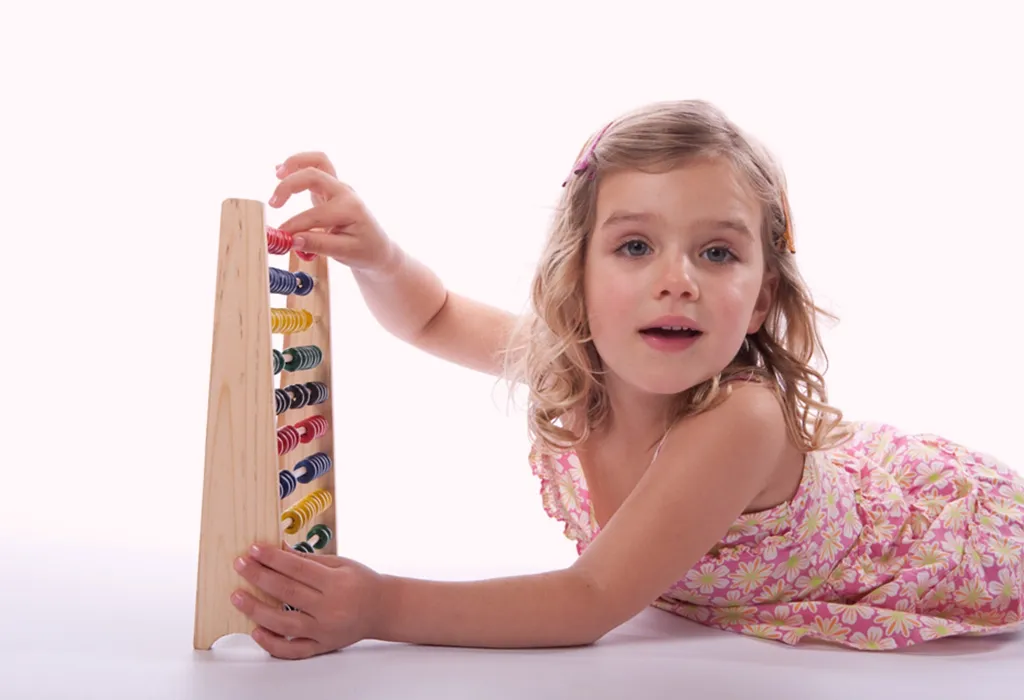
What you need:
An abacus can be bought online or picked up at any educational or recreational toy store.
How to use it:
Ask the child to count the number of things in the house, like windows or chairs by recording it on the abacus. The child can do this by moving the number of beads on the abacus corresponding to the number of things being counted in the exercise. This strengthens a child’s number recognition ability and improves his counting skills.
4. Number Treasure Hunt
Children love treasure hunts! This is one of those number games for children that satiates their inquisitive and adventurous spirit and helps them learn as well. Creating a treasure hunt with numbers, where the kids have to collect numbers by exploring different places ensures that the children recognize numbers and do it in an engaging and enjoyable way.
What you need:
You will need sheets of paper that can be cut into small cards, a pair of scissors, a double-sided tape, a pen or pencil, a marker and a place to carry out the treasure hunt.
How to do:
You can cut the sheets of paper into smaller cards, on which numbers need to be written down and stuck in different places at the location where the activity is being carried out. Ask the child to explore the place and find as many numbers as possible in the time allotted.
5. Tracing Numbers Using Terracotta
This activity focuses on using the clay to trace numbers on paper. This is educational as well as recreational for the children. They learn how to write numbers, apart from reading and recognizing numbers in a fun and easy way.
What you need:
A standard packet of play dough or clay, sheets of paper, and a pencil or pen.
How to do:
Trace the outline of the numbers on the sheets of paper. Now hand out the sheets of paper to the children along with instructions to fill the outlines with clay and recite the number that was traced along with the activity.
6. Counting Cars of Different Colours
A road-trip is incomplete without car games, be it I-spy or just singing songs. Make your road-trip with children fun and informative with counting game. The objective of the game is to count the number of cars of a specific colour that you pass by.
What you need:
All you need is time and will to play the game during the journey.
How to do:
You can do this activity by choosing an uncommon colour for cars, like green or sky blue, or red. Then you can tell the child to keep his eyes out on the road for counting the number of cars of the same colour you pass by. This activity will boost colour as well as number recognition in your child and prepare him well for preschool.
7. Maze of Numbers
Create a puzzle in the form of a maze of numbers. It will help children understand the sequence of progression of numbers effectively. While doing this activity, children can start from the point numbered 1 and keep following the numbers in sequence to complete the maze.
What you need:
A place to create the maze, some sheets of paper and a marker.
How to do:
Mark the different checkpoints in the maze with numbers starting from 1. Ask the kid to start at point number 1 and move ahead in sequence to reach the end of the maze by sticking to the sequence. This helps the child understand the sequence of numbers and effectively comprehend and apply it in a real-life situation.
8. Counting Using Styrofoam Cups
This activity can be carried out using multiple styrofoam cups wherein the kids can be asked to count and sort different varieties of products. This activity can improve a child’s counting as well as shape recognition and sorting skills.
What you need:
4 to 5 Styrofoam cups and different items like toffees, erasers, blocks and marbles in different quantities. You would also need a pen or a sketch pen to mark the cups as well.
How to do:
Mark the cups starting from 1 to 5. Arrange items in quantity as per to the numbers on the cups, for example, 1 toffee, 2 blocks, 3 erasers, 4 marbles and so on. Give the mixture to the child and ask them to sort the different items first. Then ask them to count the different items separately and drop them in the styrofoam cups with the numbers as per the quantity of the respective item. This is one of the most powerful counting activities for preschoolers as it teaches them to count and recognize the number corresponding to the counted quantity, apart from also teaching them effective sorting skills.
9. Counting Dice
Dice are very simple toys used in board games for children. A die has six faces, each with a different number of dots from 1 to 6. Dice can be used as powerful educational tools to teach kids how to count and recognize numbers effectively.
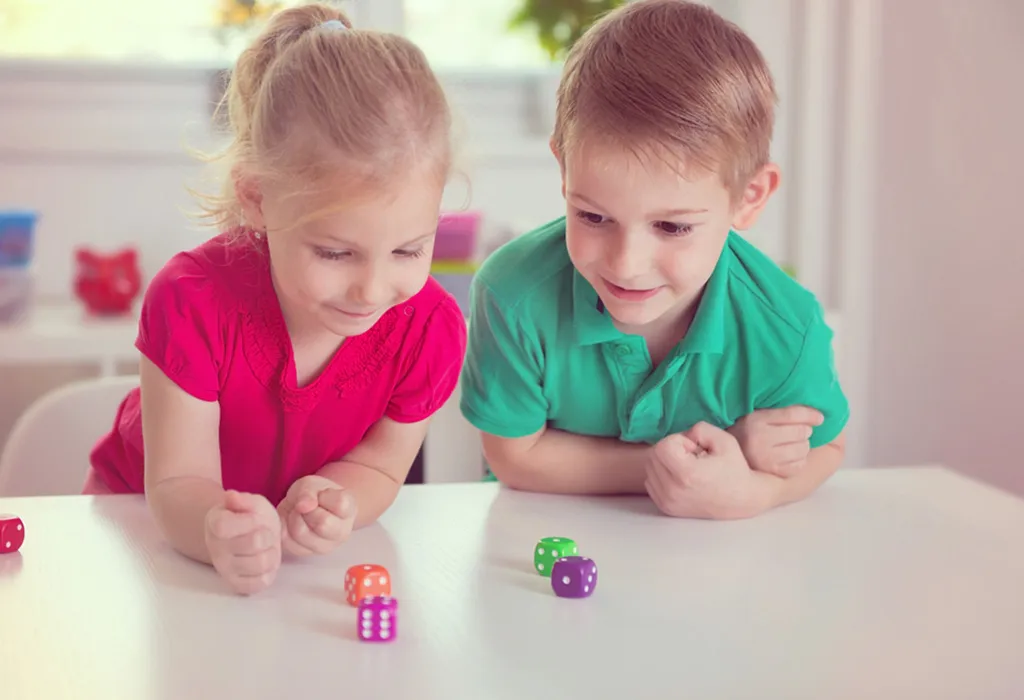
What you need:
You can carry out this activity with children using just a pair of dice.
How to do:
Roll a pair of dice on a table with kids and ask them to count the number of dots on both the dice separately and cumulatively to make the child adept at counting and adding numbers.
10. Matching Playing Cards
This is a fun exercise where you can ask kids to match the face value of one card with the face value of another card. This can help the child in relating and equating same numbers by counting as well as by understanding the way of writing the numerals.
What you need:
You can carry out this activity with a standard deck of playing cards.
How to do:
Ask the child to pick a card from the deck (make sure that it is a number card and not a face card). Next, you can ask her or him to find the cards equal in face value to the card selected by the child. You can repeat the same with other numerals.
11. Counting Flower Petals
This activity makes the kids go out into nature and enjoy its beauty in addition to teaching them how to count effectively in a fun manner.
What you need:
A flower with many petals.
How to do:
Take the children to a nice blossoming garden with multiple blooming flower beds. Ask them to collect a specific number of flowers. Once they collect the number of flowers allotted to them, ask them to count the total number of petals on the flowers they have collected.
12. Making Number Tower Using Numeral Blocks
This exercise involves forming a tower of numerals using blocks with numbers on them in ascending order.
What you need:
You need a toy with blocks having numerals printed on them from 1 to 9.
How to do:
This exercise involves guiding the kids to build a tower made of blocks with numerals printed on each one of them. This helps the children to understand number sequencing and recognizing numerals through a classic method.
13. Chores List using Dominoes
This can be an interesting activity in kindergarten, wherein the children are asked to pick up a domino and asked to count the number of dots on it and list down chores equal to the number of dots selected for the day.
What you need:
A set of dominoes, a sheet of paper, and a pencil.
How to do:
Get a set of dominoes and ask the children to pick a domino. Next, ask them to count the number of dots on the selected domino. Once they successfully count the number of dots, ask them to list down the chores for the day on the sheet of paper, equal to the number of dots counted on the domino and complete them throughout the day. This activity imbibes basic planning skills in addition to counting skills in a preschooler’s mind.
14. Hopscotch
Hopscotch is a fun game which has squares which are numbered in ascending order and the kids playing it hop one-legged to the square on which they are supposed to land. This can be a fun way to make the kids understand numbers as well as promote outdoor activity.
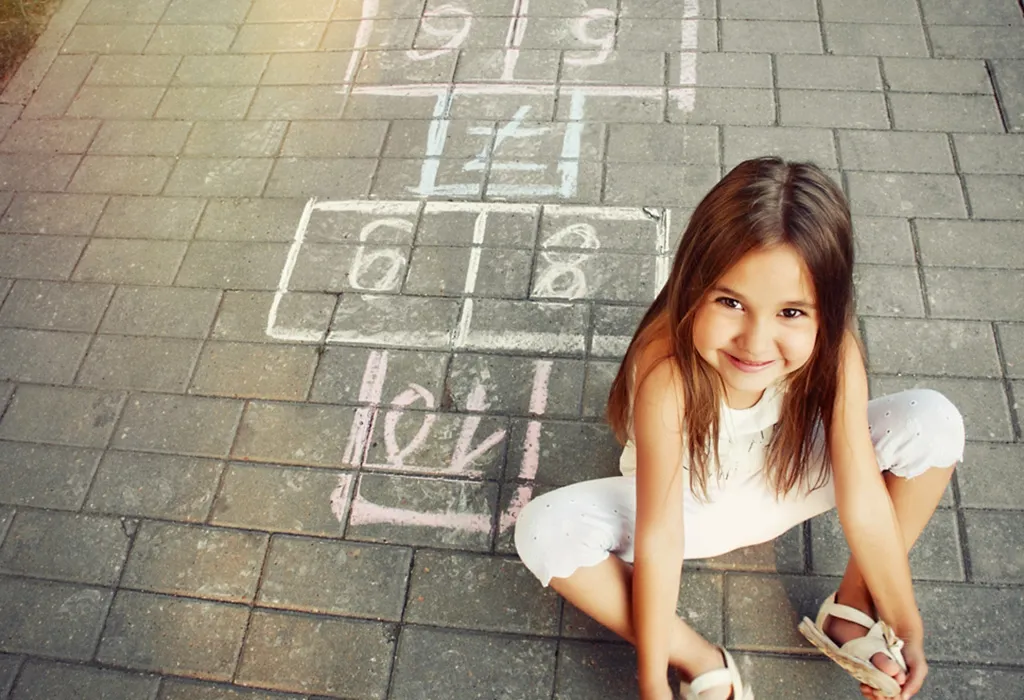
What you need:
This exercise would require a space to make the hopscotch tiles and a chalk to mark the squares.
How to play:
Make the hopscotch tiles according to the usual standards with numbers marked in ascending order on them. Call out a number and ask the kids to jump to reach the square with the number called out to them. In this way, the children learn to recognize numerals along with getting an enjoyable playing session.
15. Bowling With Numbered Plastic Bottles
This is an interesting and extremely fun activity with plastic bottles which are numbered from 1 to 10 arranged in the form of bowling pins. Kids can bowl the pins over with a softball and count the pins accordingly.
What you need:
10 empty plastic bottles, a softball, a permanent marker, a whiteboard marker, and a whiteboard.
How to do:
Mark the empty plastic bottles with numbers from 1 to 10 using the permanent marker. Arrange them in a formation similar to bowling pins. Ask the child to bowl with the softball on the marked plastic bottles. After bowling, ask the child to count and record the number of bottles that are up and the number of bottles that are down.
16. Number Bingo
Number Bingo is a fun game where kids can practice recognizing numbers while playing a game similar to traditional bingo. Create bingo cards with numbers instead of letters and call out numbers for the children to mark on their cards.
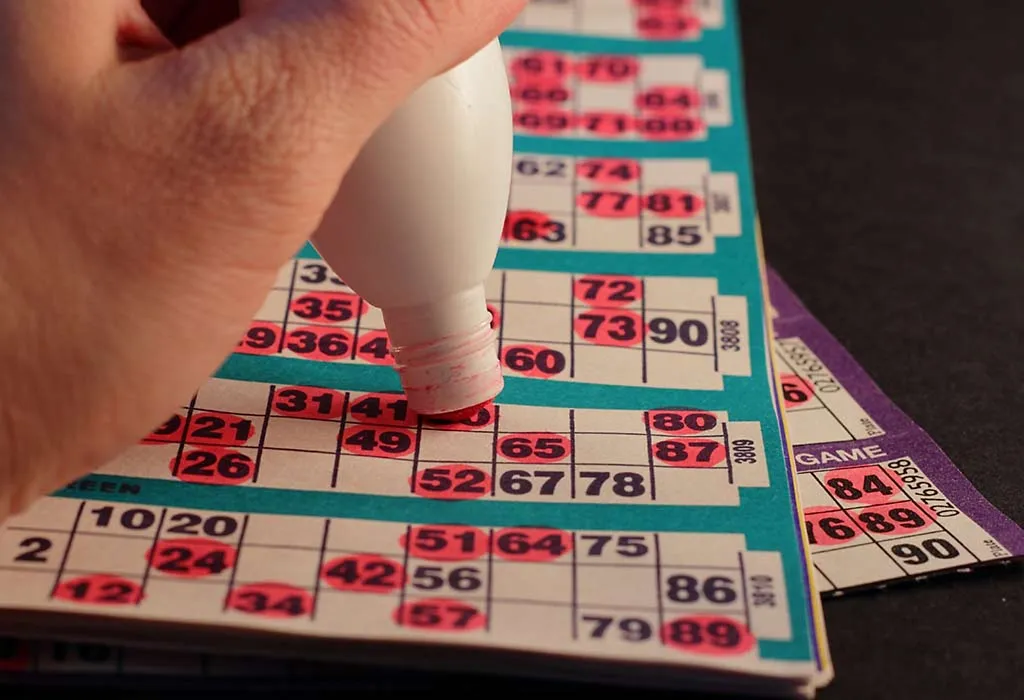
What you need:
Bingo cards with numbers (you can create these yourself), small markers like coins or buttons
How to do:
Distribute bingo cards to the children and call out numbers randomly. Kids should mark the numbers on their cards when called. The first one to complete a row or column shouts “Bingo!” and wins.
17. Number Bean Bags
This hands-on activity involves using bean bags with numbers on them to help children learn number recognition while playing a tossing game.
What you need:
Bean bags with numbers (you can make these by sewing or drawing numbers on small fabric bags), a target (a hoop, a bucket, or a drawn circle on the ground)
How to do:
Set up the target and have the children take turns tossing the number bean bags into it. As they toss, they call out the number on the bean bag they’re throwing. This game combines physical activity with number recognition.
18. Number Puzzles
Number puzzles are a fantastic way to engage preschoolers in hands-on learning. Create simple puzzles by cutting out numbers and their corresponding number of objects from different materials.
What you need:
Paper or cardboard, scissors, glue
How to do:
Cut out numbers and objects (e.g., cut out the number “3” and three pictures of apples). Mix them up and have the children match the numbers to the correct objects by gluing them together. This activity reinforces number recognition and counting skills.
19. Number Flashcards
Flashcards are a classic tool for teaching number recognition. Create or buy flashcards with numbers and use them in various interactive activities.
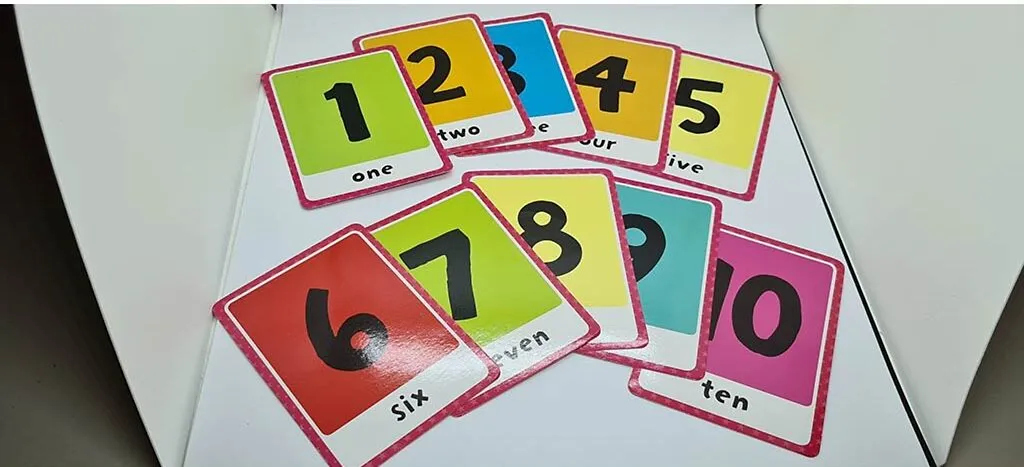
What you need:
Number flashcards (you can make your own), a clear space
How to do:
Show the children a flashcard and ask them to identify the number on it. You can make this more interactive by having them jump, clap, or do a specific action the same number of times as the number on the card.
20. Number Song and Dance
Combine music and movement with number recognition by creating a catchy number song and dance routine.
What you need:
A song with numbers (you can find many online), space for dancing
How to do:
Teach the children a fun song that includes counting or number recognition. Create simple dance moves or actions to go along with the numbers. Sing and dance together while counting and recognizing numbers in the song.
21. Number Collage
Engage children’s creativity while reinforcing number recognition with a Number Collage activity.
What you need:
Magazines or printouts with images, scissors, glue, paper or cardboard
How to do:
Provide children with magazines or printouts that contain pictures of objects. Ask them to cut out pictures and glue them onto a sheet of paper or cardboard, arranging them to represent a specific number. For example, if the number is “5,” they should glue five pictures.
22. Number Memory Game
The Number Memory Game is a fun way for kids to practice number recognition and memory skills.
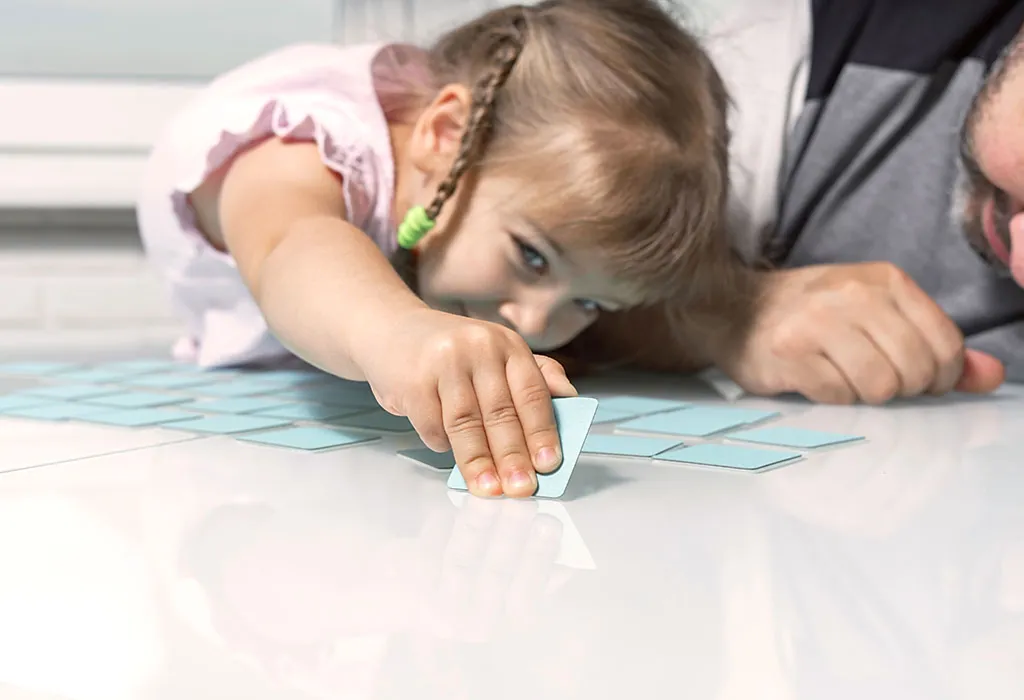
What you need:
Number cards (with matching pairs), a clear space
How to do:
Lay out the number cards facedown in a grid. Children take turns flipping two cards over at a time, trying to find matching pairs of numbers. They must identify the numbers on the cards to make a match. This game can be played with two or more players.
23. Number Hunt With Nature
Take children on an outdoor adventure to discover numbers in their natural surroundings.
What you need:
An outdoor location like a park or garden
How to do:
While exploring nature, encourage children to look for numbers in the environment. They can find numbers on signs, benches, trees, or even in the shapes of natural objects like leaves or rocks. This activity helps children associate numbers with the world around them.
24. Number Balloon Pop
Number Balloon Pop is a delightful game that combines physical activity with number recognition.
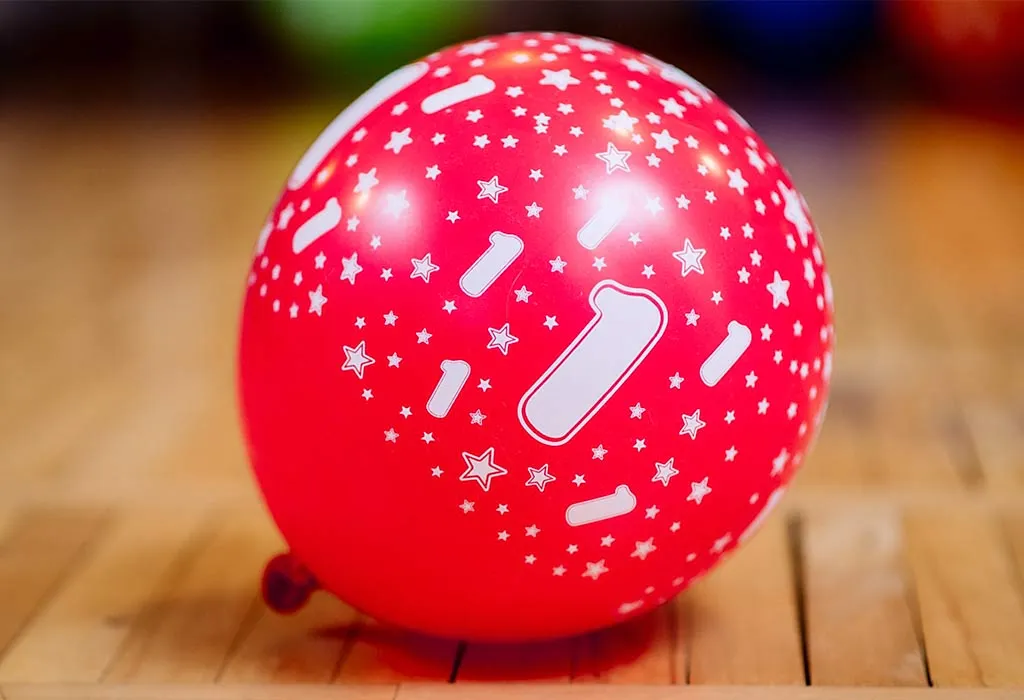
What you need:
Balloons, permanent marker, an outdoor or open indoor space
How to do:
Write numbers on the balloons using a permanent marker. Inflate the balloons and scatter them around the play area. As the children pop the balloons, they must call out the number written on each one. This game adds an element of excitement and movement to number recognition practice.
25. Number Fishing
Number Fishing is a fishing-themed activity that combines fine motor skills with number recognition.
What you need:
Paper fish cutouts with numbers written on them, a small fishing rod or a makeshift fishing pole (a stick with a string and a magnet attached to the end), a container or “pond” (a small kiddie pool or a large container filled with water)
How to do:
Attach paper fish cutouts with numbers to the ends of strings. Place the “fish” in the “pond.” Children take the fish by lowering their fishing rods into the water. When they catch a fish, they should identify and call out the number on the fish they caught. This activity not only reinforces number recognition but also improves hand-eye coordination.
Some Other Simple Ways to Get Your Kids to Recognize Numbers More Easily
Introducing young children to numbers can be an exciting and essential part of their early education. Here are some simple ways to help your kids recognize numbers more easily:
1. Number Rhymes and Songs
Singing number rhymes and songs can make number recognition enjoyable for kids. Songs like “One, Two, Buckle My Shoe” or “Five Little Ducks” can be both entertaining and educational. Encourage your child to sing along and count along with the lyrics.
2. Daily Life Integration
Incorporate numbers into your daily routine. Ask your child to help count the number of items at the grocery store or the number of steps on a staircase. This hands-on approach allows them to see numbers in real-life situations and understand their practical significance.
3. Number Flashcards
Use number flashcards to reinforce number recognition skills. Flashcards with numerals, number words, and corresponding images can help your child associate numbers with their visual representation. Make it a fun activity by showing them the flashcards and asking them to identify the numbers as quickly as they can.
FAQs
1. What Is Number Sense in Preschool?
Number sense in preschool refers to a child’s ability to understand and work with numbers. It involves recognizing and understanding the concept of numbers, counting, comparing quantities, and developing a foundation for mathematical skills. It includes grasping the meaning of numbers and their relationships, such as understanding that 3 is greater than 2 or that 5 can be divided into 2 and 3.
2. What Are the Key Benefits of Numeracy Activities for Preschool Kids?
Counting games for preschoolers or numeracy activities offer several key benefits:
- Foundation for Math Skills: They build a strong foundation for future mathematical learning by introducing concepts like counting, number recognition, and basic arithmetic.
- Critical Thinking: These activities stimulate critical thinking and problem-solving skills as children learn to solve simple math problems and puzzles.
- Communication Skills: They encourage communication as kids learn to express numbers and quantities verbally and in writing.
- Confidence: Successful engagement in numeracy activities boosts children’s confidence in their ability to understand and work with numbers.
- Life Skills: Early numeracy skills are essential for everyday life, from telling time to handling money and making measurements.
These were a few of the fun number games for kindergarteners that can be carried out to creatively engage preschoolers and make them learn about numbers and reinforce number recognition in their impressionable minds. Try these preschool number activities and let us know how it goes!
Colour Activities for Preschoolers
Games that Teach Following Directions for Preschoolers
Activities To Help Strengthen Pouring Skills In Preschoolers
How to Encourage Preschoolers To Choose Activities On Their Own
Was This Article Helpful?
Parenting is a huge responsibility, for you as a caregiver, but also for us as a parenting content platform. We understand that and take our responsibility of creating credible content seriously. FirstCry Parenting articles are written and published only after extensive research using factually sound references to deliver quality content that is accurate, validated by experts, and completely reliable. To understand how we go about creating content that is credible, read our editorial policy here.






